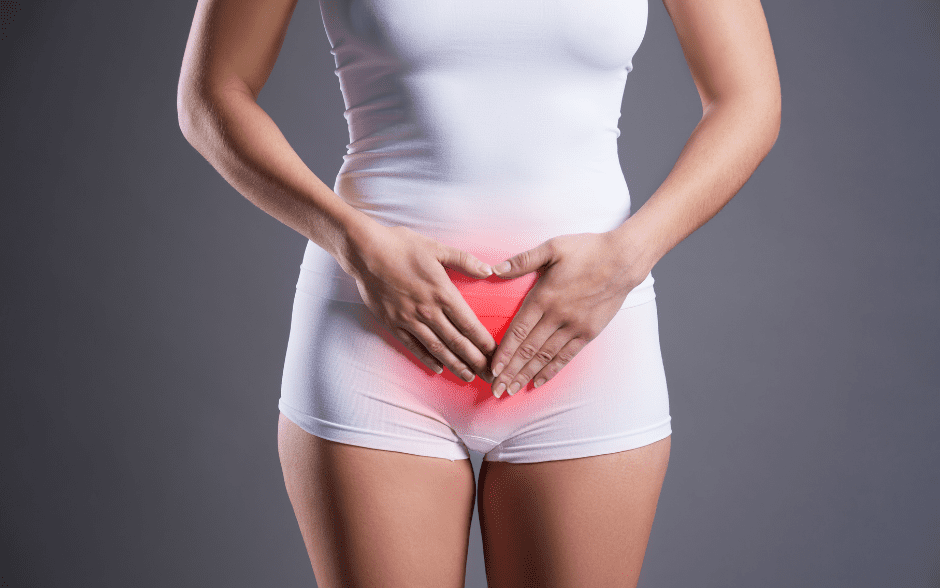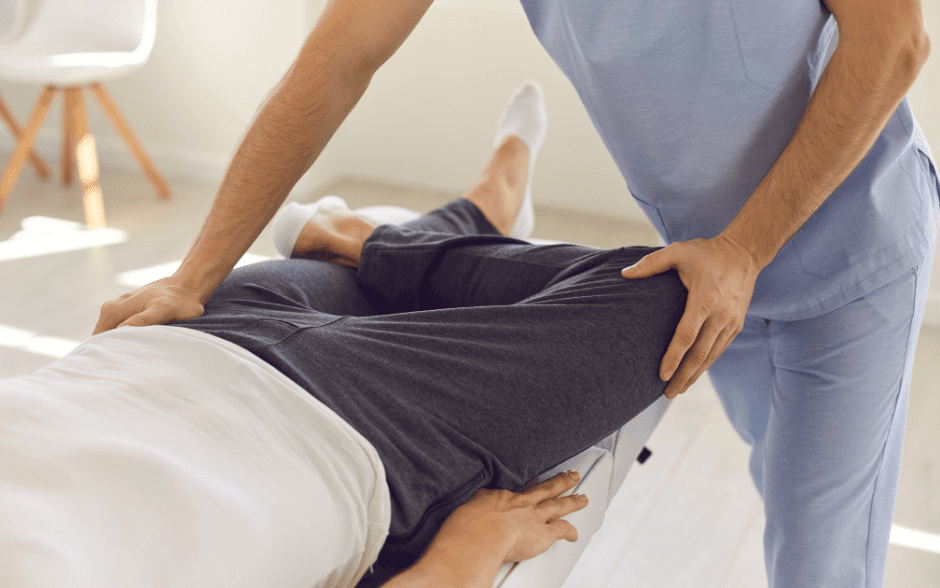Pelvic Floor
PELVIC FLOOR PROBLEMS
The pelvis is made up of the hip bones, lumbar spine, sacrum, and coccyx and is bounded in front by the pubic symphysis. The male pelvis is narrower and longer, while the female pelvis is wider and lower. Its main function is to support and protect the internal organs and to transport nerves and blood to and from the lower limbs.
It performs many important functions and its malfunction can lead to serious health problems. Circulatory disorders such as swelling, poor wound healing, and varicose veins may have their source in the pelvic area as a result of adhesions, surgical scars, chronic pelvic inflammation, childhood trauma, decreased intestinal peristalsis, or tumors. Disturbed intestinal peristalsis can lead to chronic diarrhea, constipation, and high pressure inside the lower abdomen and pelvis, which in turn leads to nerve compression and all kinds of neuralgia – burning, tingling, or lack of sensation in the lower body. Nerve compression also interferes with the proper functioning of the genitourinary system, and as a result, leads to problems with the urinary tract, incontinence, and sexual problems.
PELVIC FLOOR TREATMENT
The physical therapists at PD Rehab are experts in designing physical therapy and rehabilitation programs to treat pelvic floor disorders and pelvic pain. We offer a new approach to improving the function and condition of a patient’s pelvic floor. All of the methods used in our clinic do not require internal techniques, as happens in typical pelvic floor physical therapy. They simply involve finding and applying pressure to painful areas around the sacrum or pubic symphysis. This non-invasive and painless method called Strain Counterstrain is widely used for a whole range of pelvic conditions and dysfunctions. The experience of our specialists allows us to successfully treat patients that other clinics, physical therapists, or doctors have not been able to help.




POSTPARTUM PHYSICAL THERAPY
Giving birth can cause trauma to the pelvic floor. Women often complain of urine incontinence, lower back pain, sacroiliac (SI) joint pain, pubic symphysis pain, and diastasis recti (a separation of the rectus abdominis muscle), which can cause a “mommy tummy” long after giving birth. All these problems can be successfully treated by an experienced and skillful physical therapist as early as 6 weeks after giving birth, without pharmacological or surgical intervention. We are even able to help women suffering from pelvic floor problems related to pregnancy as late as 10 years postpartum. It is important to remember that neglected and untreated pelvic floor disorders can, over time, lead to chronic low back pain and abdominal hernia.
URINARY INCONTINENCE
The causes of urinary incontinence range from peripheral nerve damage and perinatal trauma to tumors, inflammation, and adhesions. Most problems caused by nerve damage, impaired blood, and lymph circulation, and local adhesions can be treated with highly specialized manual therapy called Strain Counterstrain. Our experienced therapists have been successful in treating patients struggling with urinary incontinence for several years. To date, all our patients complaining of incontinence have avoided pharmacological therapy and invasive procedures.


